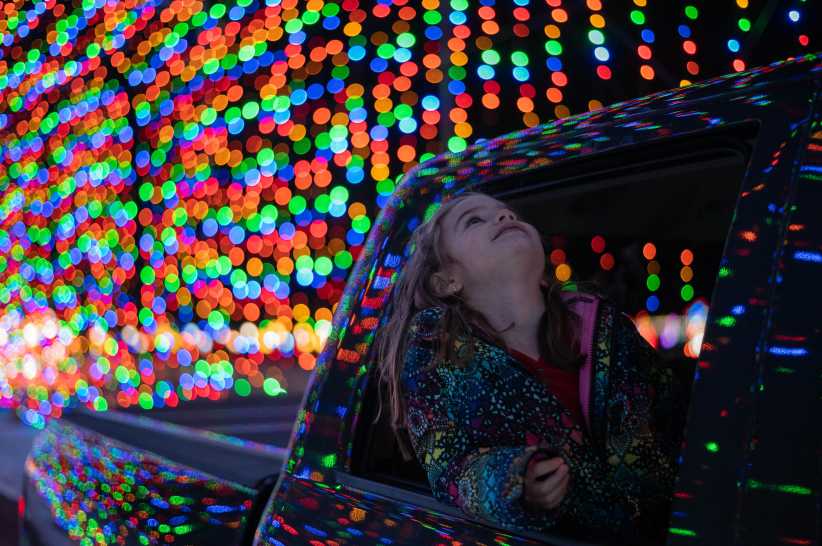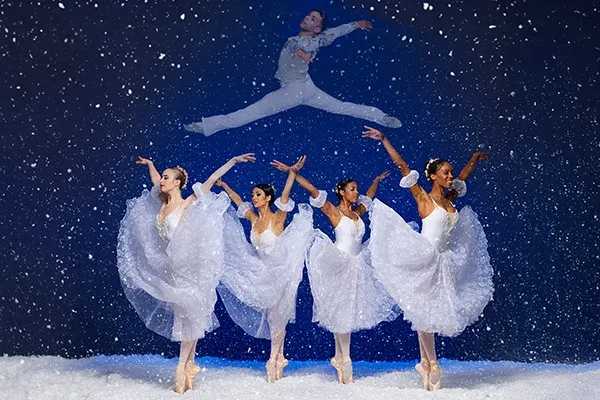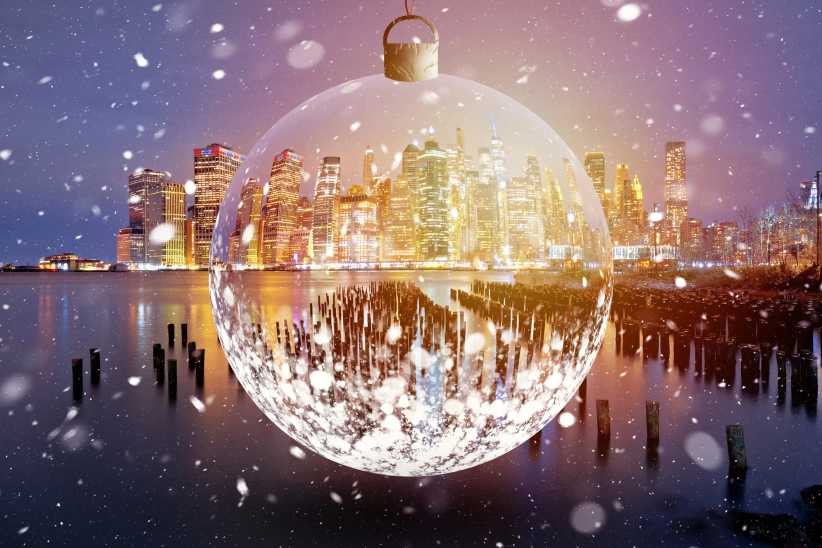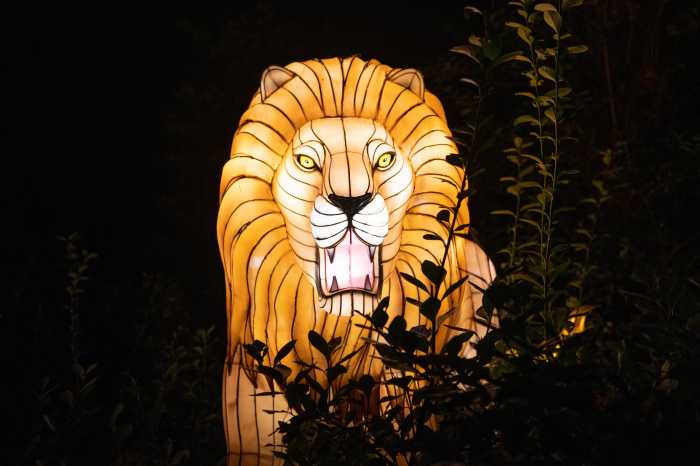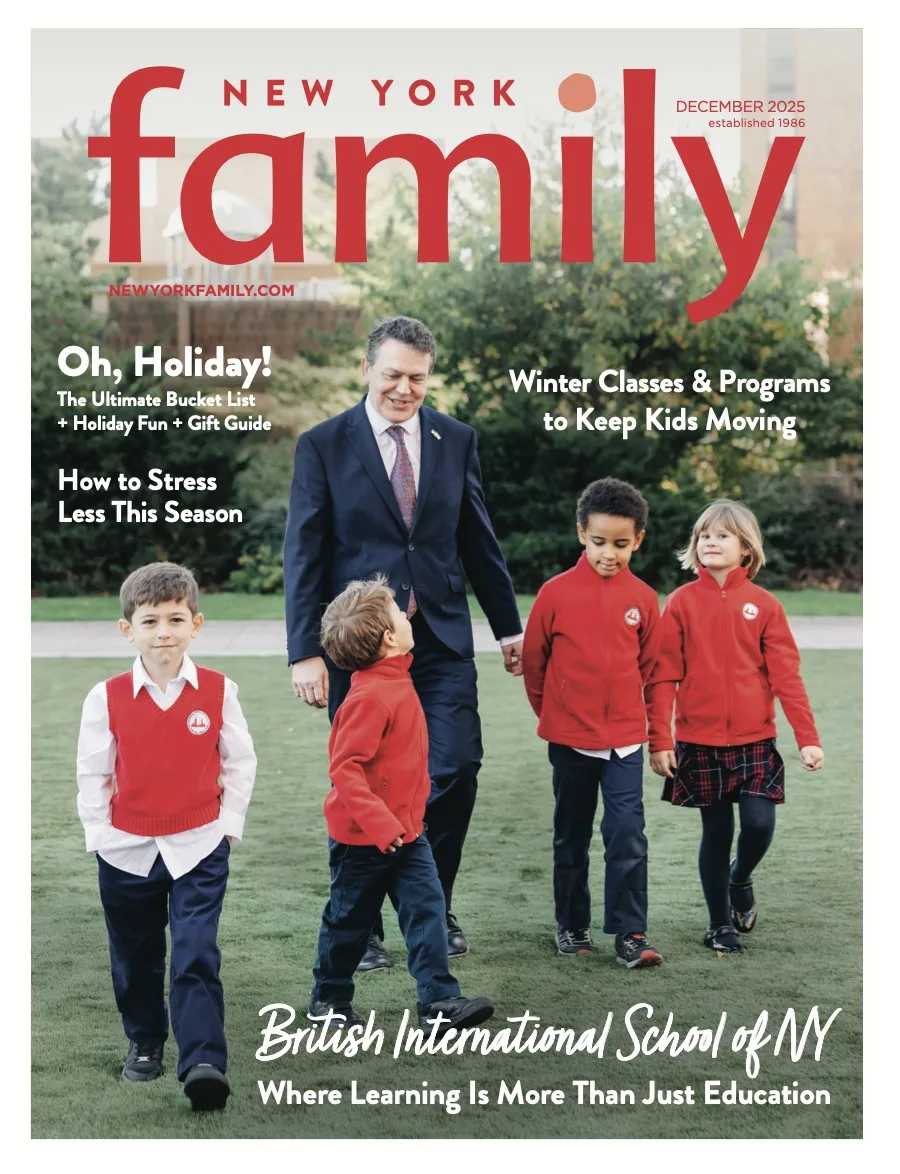
Most people know Cuba as a Caribbean island famous for its cigars, music, and old cars. But Cuba is more than just its legendary tobacco products, rhythmic music, and vintage American automobiles. It’s a country with a rich culture and a unique natural history, which is currently the focus of a groundbreaking exhibition at the American Museum of Natural History (AMNH).
In its latest exhibit—aptly called ¡Cuba!—the AMNH, in collaboration with the Cuban National Museum of Natural History, goes beyond the “headlines,” especially at a time when the U.S. and Cuba are “rediscovering” one another. One of the exhibition’s goals is to “awaken curiosity and encourage a deeper learning about the country,” says co-curator Ana Luz Porzecanski, director of AMNH’s Center for Biodiversity and Conservation. The ¡Cuba! exhibition provides families with a glimpse into the country’s history, rich biodiversity, and culture by offering visitors a different perspective combined with invaluable insight on the largest Caribbean island, which is technically an archipelago of more than 4,000 islands and keys, located about 95 miles from American shores.
¡Cuba!—a bilingual exhibition—will immediately transport families to Cuba and immerse both grown-ups and kids in the Cuban experience. The journey to Cuba begins with life-sized photographs of Cubans living on the island and abroad with snippets of interviews offering a peak into their daily lives and sentiments about their experiences. Afterwards, just around the bend, families can marvel at a classic 1955 Chevrolet Bel Air playing music against the backdrop of a Cuban city skyline and learn about its impact on the country’s economy.
The exhibition then opens up to a boulevard display evoking the vibrancy of Cuban culture and its ever-changing economy. The boulevard display captures the essence of a Cuban city street through its architecture, bicitaxi, produce cart, and a replica of a Cuban café. Families can try their luck at Cuban dominos or just relax on a shaded bench while soaking up the sights and melodic sounds of Cuba.

But there’s another side of Cuba: It’s biodiversity. “The biodiversity of Cuba is part of who Cuban people are,” Porzecanski explains. “Nature informs cultural stories, which informs conservation,” she adds. The Caribbean country boasts exceptionally diverse ecosystems and endemic species, meaning species only found on the island. The ¡Cuba! exhibition showcases a reproduction of the wetlands located in the Zapata Biosphere Reserve, which includes marshes, mangroves, and coral reefs where families can learn about the endangered Crocodylus rhombifer, or Cuban crocodile and see a replica of one that’s newly hatched and a life-sized one jumping out of the water!
Families can also learn about Cuba’s geological history, human prehistory, and extinct animals such as the Ornimegalonyx, the largest owl that ever lived—there’s a life-sized model on display! Grown-ups and children can examine fossil remains such as the Megalocnus rodens, the largest sloth that lived in Cuba, and artifacts “preserved” in a re-constructed cave that reveal human life existed before 1492. Don’t forget to see the Mellissuga helenae, or the Bee Hummingbird, the smallest bird in the world weighing one-twentieth of an ounce! Families can play the “hidden animals” game where players go on a treasure hunt for endemic species throughout the exhibition.
Other highlights of this groundbreaking exhibition include a ten-minute video recounting Cuba’s history from colonialism to socialism, a tobacco shed, and an overview display of the country’s religious traditions. Families can also view Cuban art in an interactive “gallery” where grown-ups and kids can project artwork onto the wall.
The ¡Cuba! exhibition concludes similar to how it began: With life-sized portraits of Cubans reflecting on their country’s future. Before being transported back to NYC, families are sure to leave ¡Cuba! with a deeper understanding and appreciation of America’s neighboring archipelago.
¡Cuba! will be on view until August 13, 2017 at the American Museum of Natural History located at Central Park West at 79th Street. To learn more about the exhibition, visit amnh.org.

